Profiled is Mitch Allmond of Oak Ridge National Laboratory, who conducts experiments and uses theoretical models to advance our understanding of the structure of atomic nuclei.
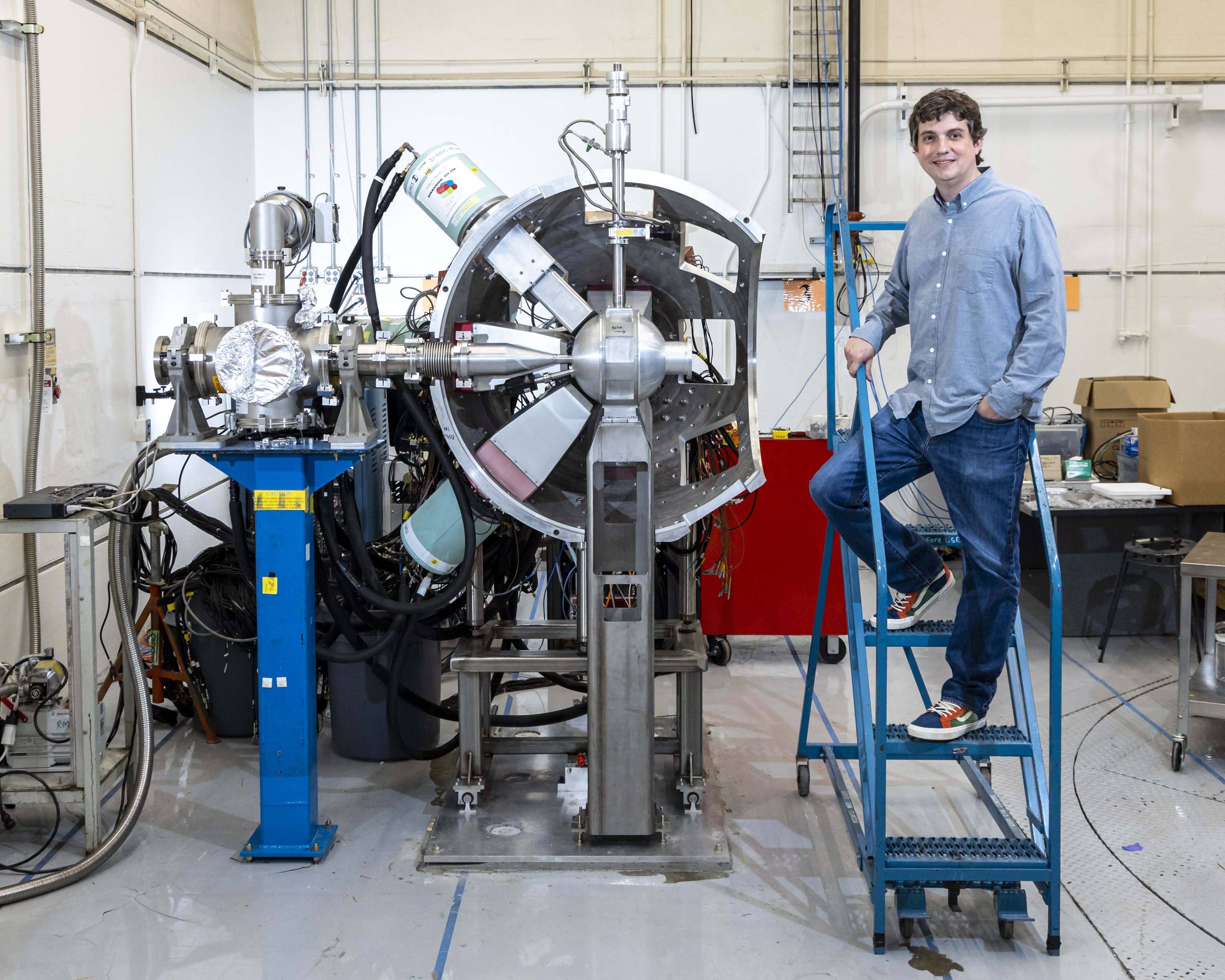
news, journals and articles from all over the world.

Profiled is Mitch Allmond of Oak Ridge National Laboratory, who conducts experiments and uses theoretical models to advance our understanding of the structure of atomic nuclei.
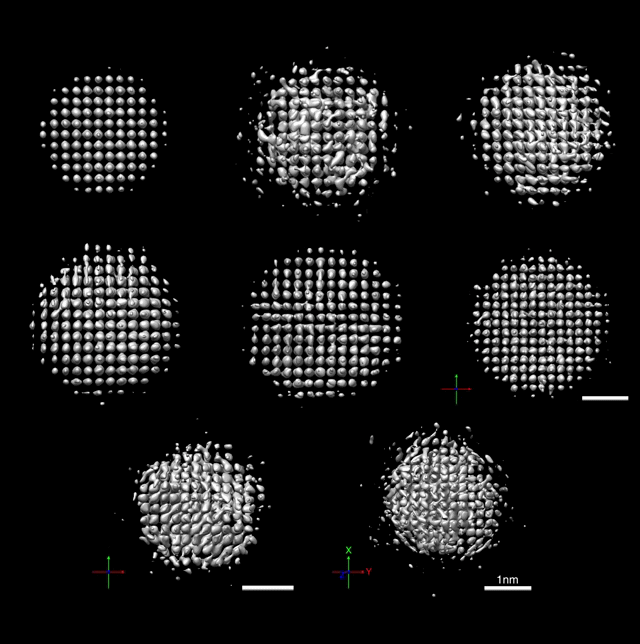
Researchers at Berkeley Lab have captured 3D images of nanoparticles in liquid with atomic precision, and developed an ultrathin electrical switch that could further miniaturize computing devices and personal electronics without loss of performance.
Berkeley Lab scientists tap into graphene’s hidden talent as an electrically tunable superconductor, insulator, and magnetic device for the advancement of quantum information science
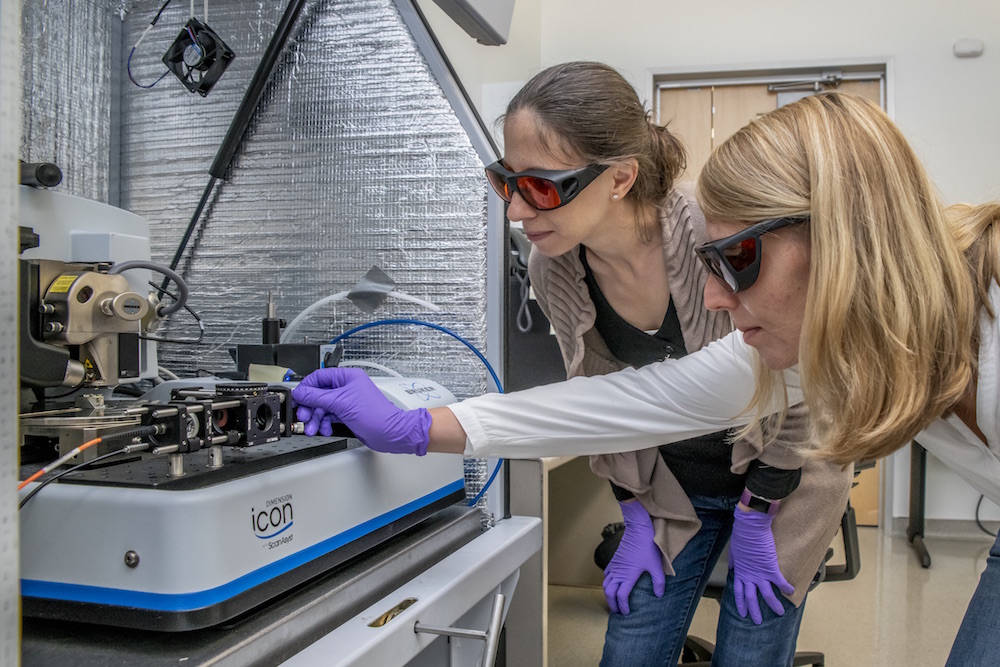
As we look back at a decade of discovery, we highlight 10 achievements by scientists at Berkeley Lab and the Joint Center for Artificial Photosynthesis that bring us closer to a solar fuels future.
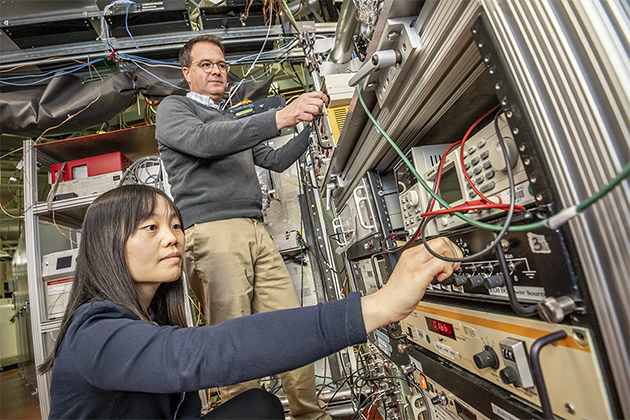
Berkeley Lab scientists have made a surprising discovery that could help explain our risk for developing chronic diseases or cancers as we get older, and how our food decomposes over time.

From nanoparticles to algae ecology, the Office of Science supported a variety of research in 2019.

Scientists at Berkeley Lab have developed a diamond anvil sensor that could lead to a new generation of smart, designer materials, as well as the synthesis of new chemical compounds, atomically fine-tuned by pressure.
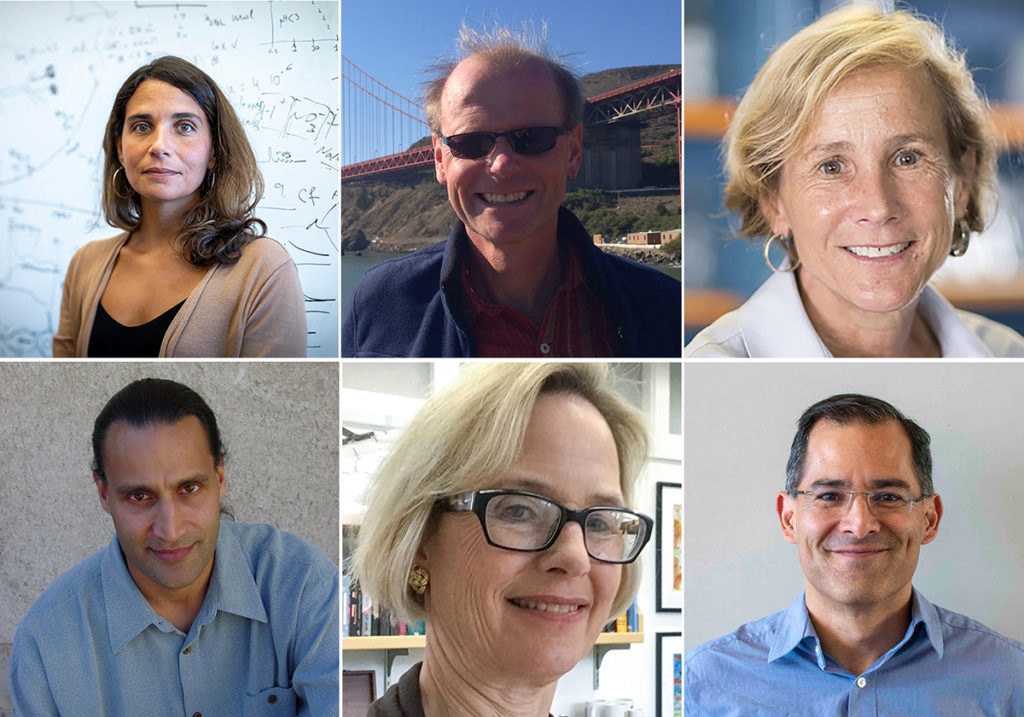
Six scientists from the Department of Energy’s Lawrence Berkeley National Laboratory (Berkeley Lab) have been named Fellows of the American Association for the Advancement of Science (AAAS).
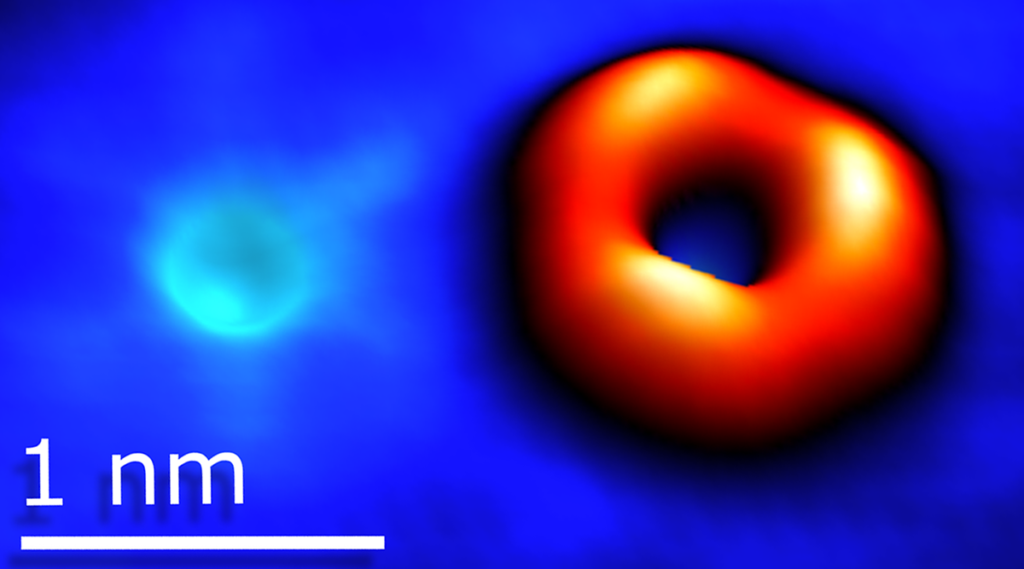
Scientists at Berkeley Lab have revealed how atomic defects emerge in transition metal dichalcogenides, and how those defects shape the 2D material’s electronic properties. Their findings could provide a versatile yet targeted platform for designing 2D materials for quantum information science.
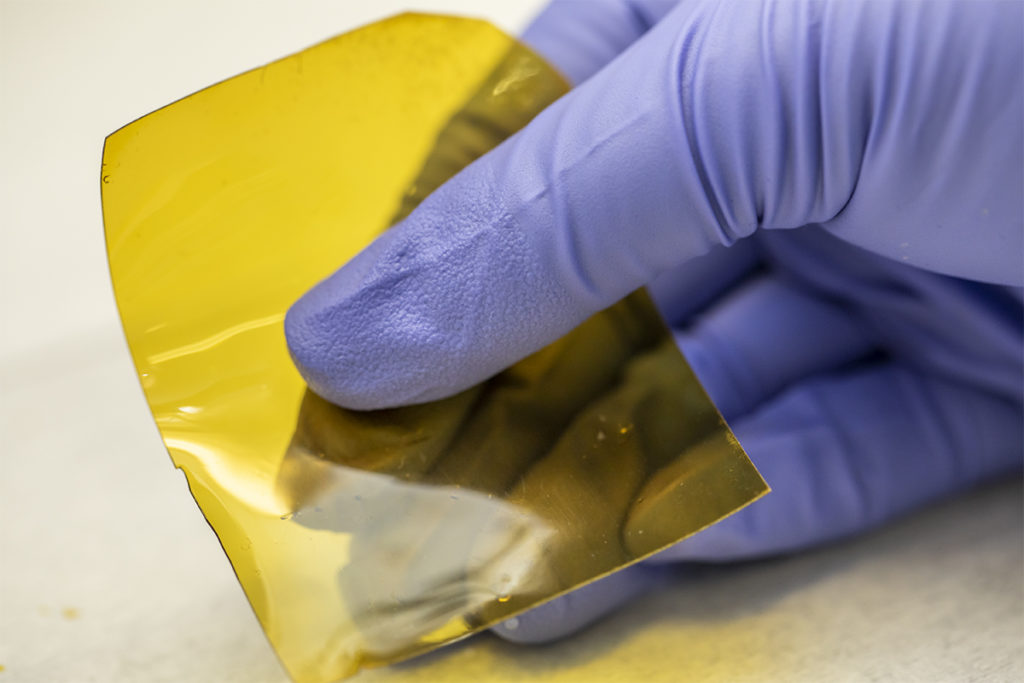
Scientists at Berkeley Lab have designed an affordable ‘flow battery’ membrane that could accelerate renewable energy for the electrical grid.

Six new nuclear reactor technologies are planned to commercially deploy between 2030 and 2040. ORNL’s Weiju Ren heads a project managing structural materials information. This conversation explores challenges and opportunities in sharing nuclear materials knowledge internationally.